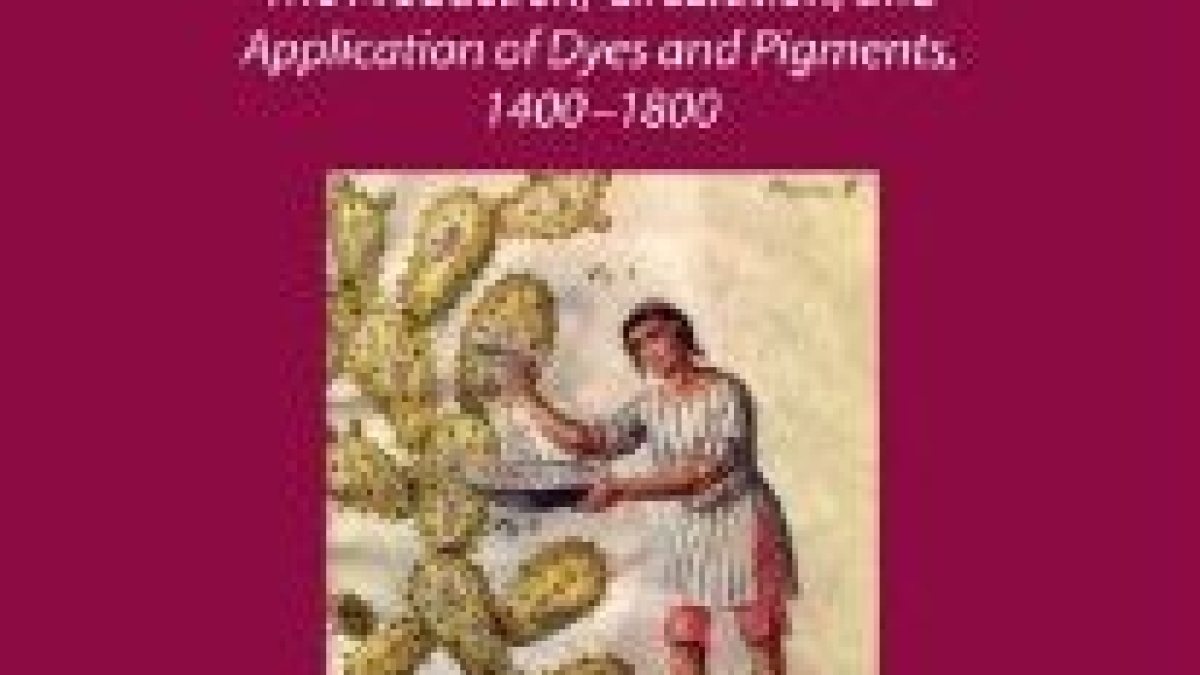New faculty books cover Indian Civil Rights, the economic and social value of color

Indian civil rights in the Deep South, color, writing, and fear are among the subjects of new faculty books.
“The Other Movement: Indian Rights and Civil Rights in the Deep South,” by Denise E. Bates, faculty, School of Letters and Sciences; director, Centennial Trail at Estrella Mountain Regional Park.
“The Other Movement: Indian Rights and Civil Rights in the Deep South” examines the most visible outcome of the Southern Indian Rights Movement: state Indian affairs commissions. In recalling political activism in the post-World War II South, rarely does one consider the political activities of American Indians as they responded to desegregation, the passing of the Civil Rights Acts, and the restructuring of the American political party system.
Native leaders and activists across the South created a social and political movement all their own, which drew public attention to the problems of discrimination, poverty, unemployment, low educational attainment, and poor living conditions in tribal communities.
This book looks specifically at Alabama and Louisiana, places of intensive political activity during the civil rights era and increasing Indian visibility and tribal reorganization in the decades that followed.
“Did My Owl Just Growl?” by Brian Miller, ASU graduate and faculty associate in the W. P. Carey School of Business, and his wife, Leslie.
“Did My Owl Just Growl” is the first book in a series of rhyming storybooks aimed at helping reduce children’s fears of the dark, heights, water, and more. Read more here.
“Memory, Nationalism, and Narrative in Contemporary South Asia,” by Edward Mallot, assistant professor of English.
Spanning multiple sites of cultural production in South Asia, this book investigates the deeply ambivalent responses to the opposing compulsions of memory and forgetting. Mallot reveals how writers such as Salman Rushdie, Michael Ondaatje, Kamila Shamsie and Amitav Ghosh create unusual ways to indict nationalism's sins by accessing and encoding the past and in so doing, he expands memory studies in new, provocative directions.
“The Materiality of Color: The Production, Circulation, and Application of Dyes and Pigments, 1400-1800,” edited by Maureen Daly Goggin, professor of English, Andrea Feeser and Beth Fowkes Tobin.
Although much has been written on the aesthetic value of color, there are other values that adhere to it with economic and social values among them. Through case studies of particular colors and colored objects, this volume demonstrates just how complex the history of color is by focusing on the diverse social and cultural meanings of color; the trouble, pain, and suffering behind the production and application of these colors; the difficult technical processes for making and applying color; and the intricacy of commercial exchanges and knowledge transfers as commodities and techniques moved from one region to another.
By emphasizing color's materiality, the way in which it was produced, exchanged, and used by artisans, artists, and craftspersons, contributors draw attention to the disjuncture between the beauty of color and the blood, sweat, and tears that went into its production, circulation, and application as well as to the complicated and varied social meanings attached to color within specific historical and social contexts.
“Real World Writing for Secondary Students: Teaching the College Admission Essay and Other Gate-Openers for Higher Education,” by Jessica Singer Early, assistant professor of English, and alumna Meredith DeCosta (PhD Curriculum & Instruction [English Education] 2012).:
One of the most important ways to scaffold a successful transition from high school to college is to teach real-world, gate-opening writing genres, such as college admission essays. This book describes a writing workshop for ethnically and linguistically diverse high school students, where students receive instruction on specific genre features of the college admission essay.
The authors present both the theoretical grounding and the concrete strategies teachers crave, including an outline of specific workshop lessons, teaching calendars, and curricular suggestions. This text encourages secondary teachers to think of writing as a vital tool for all students to succeed academically and professionally.

